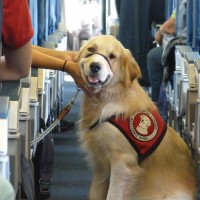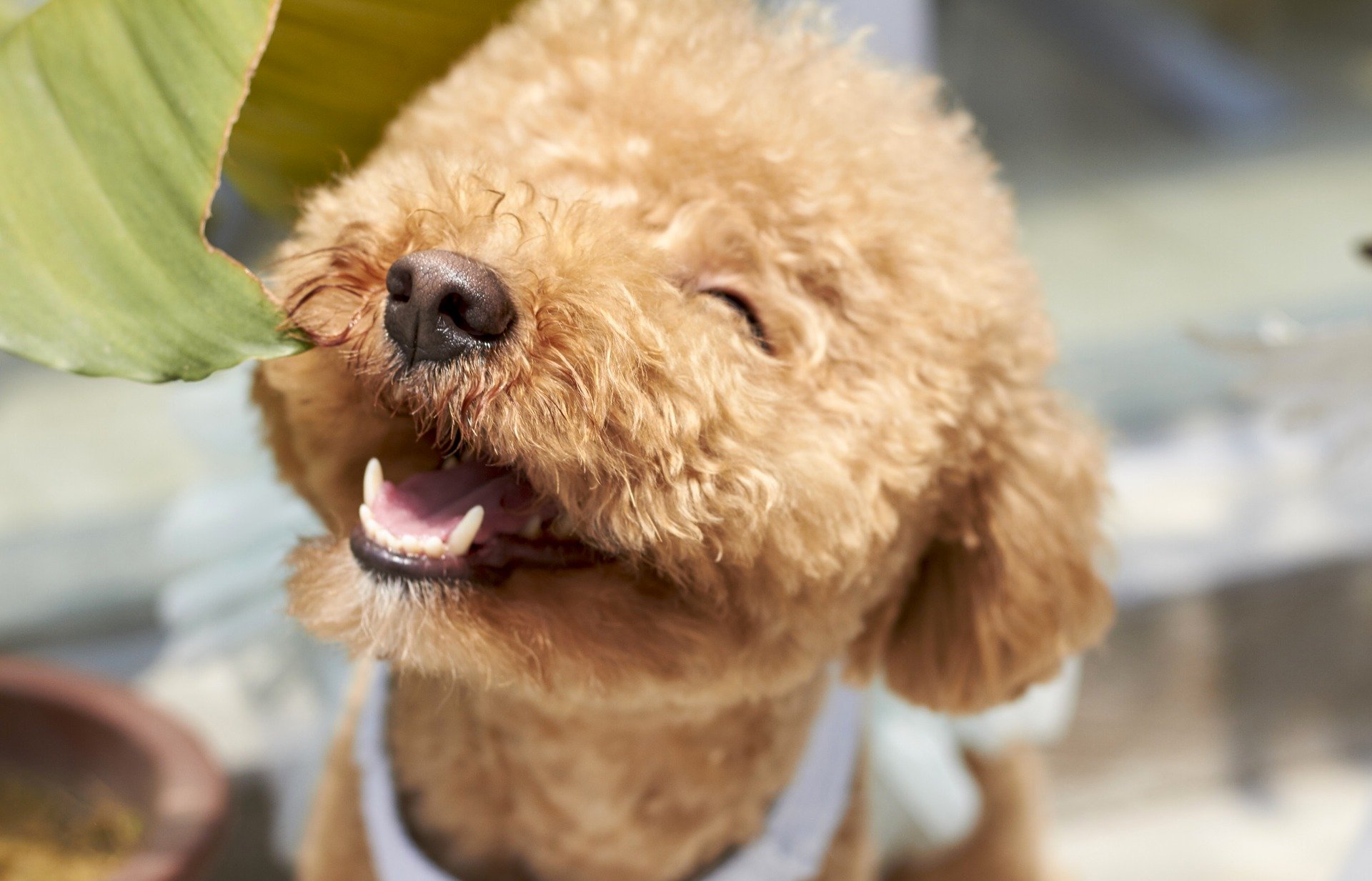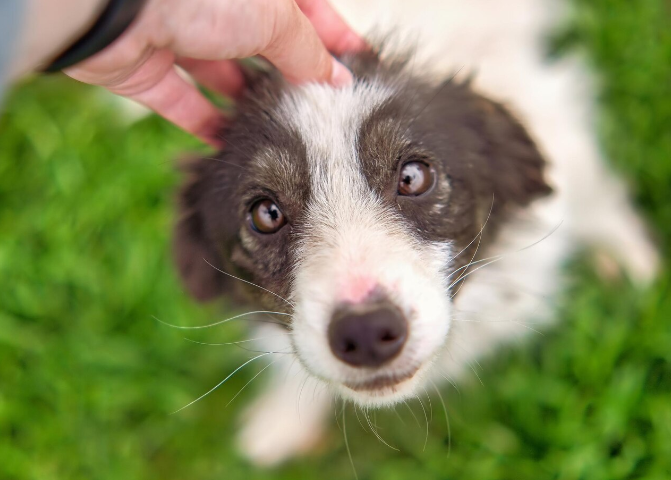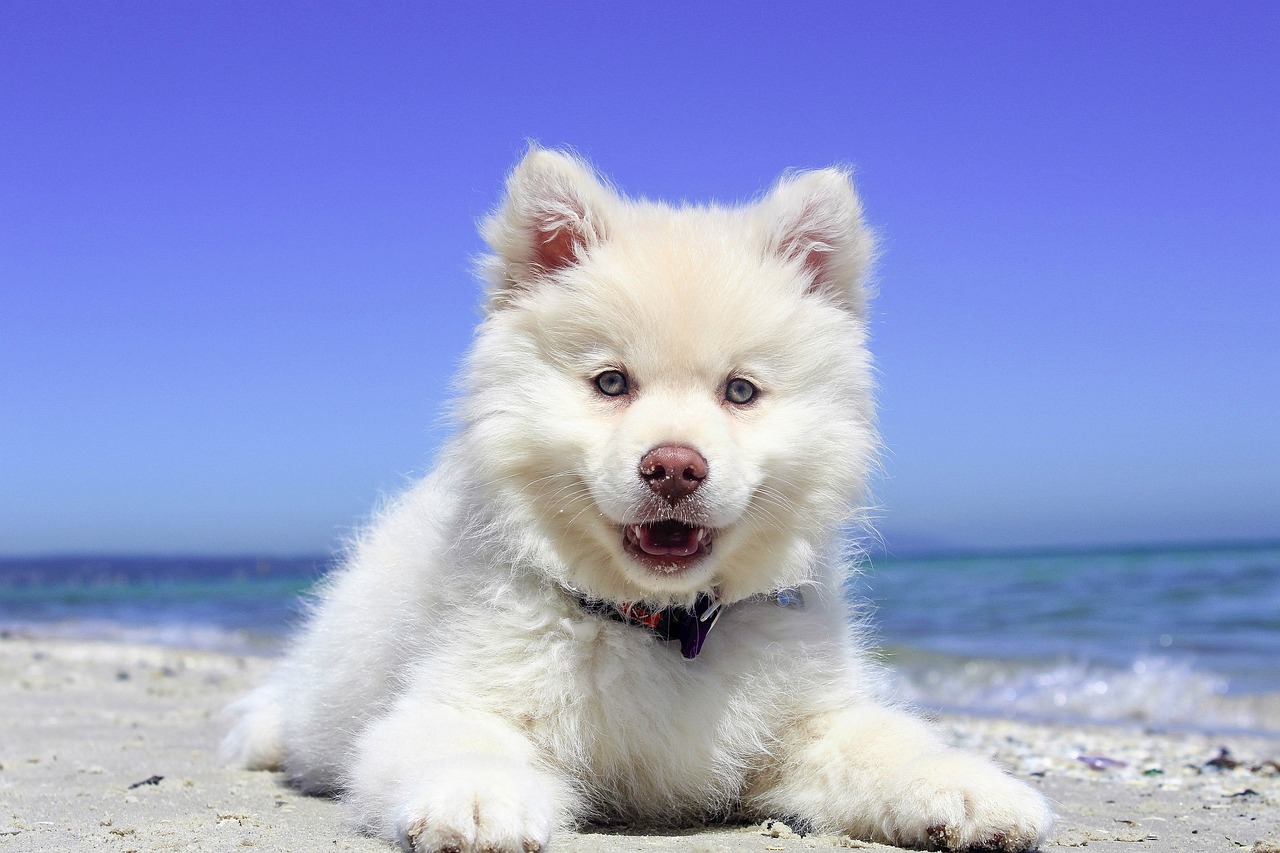
Looking into the big, loving eyes of your beloved furry friend gives you one of the best feelings in the world! You know you are loved and cared for, and your paw family member will be by your side until the end!
Dogs love unconditionally and deserve nothing but responsible owners who make sure they are happy and cared for! But how can you tell if your dog is genuinely happy?
Dogs communicate their emotions in various ways. Understanding their signals and ways to communicate can help you create a happier and more fulfilling life for your paw companion.
Let's immerse ourselves in the topic of our furry friends' happiness and explore how they communicate their happiness to us!
Body Language
Similarly to humans, body language plays an essential role as a communication tool for dogs as well.
If your paw friend is happy, they will likely wag their tail either in a relaxed manner or energetically to show excitement if they have not seen you all day.
Conversely, if the tail is tucked, this may indicate fear or anxiety.
In addition to the tail, it is important to look at your dog's overall posture. If your furry buddy is happy, their body will be relaxed and their mouth may be slightly open (may resemble a smile).
Their ears will be in a natural position—neither pinned back (showing fear) nor raised high (showing alertness).
Playfulness and Energy Levels
While the levels of energy and playfulness depend on many factors including the dog’s age, health, breed, and also their traits as an individual, happy dogs are typically playful.
They show enthusiasm during their walks, and playtime, and enjoy interacting with their family members.
If your fluffy companion greets you with excitement when you come home, wants to hug you, brings you toys, or initiates play, these are strong signs they are happy, and you have been doing a great job as a dog owner!
Decreased energy levels may indicate stress due to environmental factors, changes in their surroundings, or underlying health conditions. Therefore, you should be attentive to any deviations from the standard energy levels of your canine.
Appetite and Eating Habits
Let’s first put a note here—while having an appetite is a good indicator of a happy dog, you should always keep track of the calorie intake of your furry companion. Do not overfeed your dog to make them happy, as this may have negative effects in the long term. Keeping your canine on a balanced and nutritional diet, tailored to their needs and approved by a veterinarian, is always the best way to go!
A healthy appetite is another indicator that your paw companion is happy, and their needs are met! When your paw friend has good appetite, this can be perceived as an indicator of a stress-free environment.
Having said that, if your paw companion has lost their appetite, this is a red flag! It is likely to indicate stress, anxiety, illness, or overall unhappiness. If you notice sudden changes in your dog’s appetite, consult a veterinarian as soon as possible and look for other changes in your paw friend’s behavior as well.
Affectionate Behavior
The ways our furry friends show affection are not as different as those of humans. They usually involve seeking physical contact, such as cuddling or leaning against you. Resting their head on your lap or licking you are other ways for your beloved paw family member to show they love you.
Furthermore, these behaviors indicate that your canine feels safe, secure, and happy in your presence! What better way to be welcomed home than with a big hug from your doggo?
Of course, we should not forget that dogs, just like humans, have different temperaments, and not all dogs are very much into physical contact. Furthermore, you may need to spend more time with your furry friend and put effort into gaining their trust before initiating physical contact. Remember to always respect your paw friend’s boundaries.
Relaxation and Sleep Patterns
Similarly to good eating habits and having a healthy appetite, having good sleep patterns also indicates a mind at peace, and happiness.
A dog who is feeling comfortable and happy will likely sleep well and have regular, restful sleep patterns. If you are wondering whether your pup is happy and calm, observing their sleep patterns may provide a good insight into their emotional state!
If they are happy and comfortable, they are likely to find cozy spots at home to relax. Also, they may sleep in various positions that indicate they feel safe, such as on their back with their belly exposed. Since the belly is the most vulnerable area of both dogs and cats, exposing it, is an indicator of trust.
Disrupted sleep or restlessness, on the other hand, can indicate stress or discomfort. Make sure to look for stressful factors in the environment or any signs of pain or underlying health problem and arrange a vet appointment as soon as possible, if you have any concerns.
Social Interaction
A well-known fact is that dogs are social animals. When dogs are happy, they usually enjoy interacting with other dogs and people.
Friendly sniffing, initiating playing, and wagging their tails are signs of positive social behaviors. If your furry companion displays such behaviors, this indicates they are happy and truly enjoy your company and the company of other people or animals.
An important thing to remember is that while a dog can be friendly and people-oriented, they still need proper socialization to learn to behave appropriately around animals and people. Early socialization will help ensure your canine is used to various situations and distractions and knows how to navigate through them properly.
Vocalization
While excessive barking or whining can be signs of anxiety, stress, or discomfort, happy dogs often communicate with joyful vocalizations. These can include soft barks, playful growls during playtime, or excited yips.
Understanding the context of your paw friend’s vocalizations will help you determine whether they are happy or show signs of distress.
Talking about vocalization- it is important to remember that dogs can differentiate between the different pitches of our voices. This is particularly important in dog training, as your canine will not only pick up the specific cue word or what you are telling them, but your tone as well.
Dogs have high-pitched whines, mid-pitched barks, and low-pitched growls. To help your paw partner dog understand you better, you need to use these properly. For example, praising the dog in a higher tone than your normal range will indicate you are pleased; a neutral tone is equivalent to a bark, and therefore we can ‘bark’ orders to help our canine understand our commands. When necessary, we could use low-pitched tones (more growl-like) that the dog can recognize as corrective and warning.
Curiosity and Exploration
Dogs are curious in nature and enjoy exploring their environment. Sniffing around, investigating, and showing interest in the environment, in general, shows that the dog is mentally stimulated and engaged.
Loss of interest in the surroundings may indicate a health issue or a trigger in the environment. Desensitization and counter-conditioning are often used to address issues with stimuli in the environment. They suggest that the dog will be gradually exposed to the stimuli. The process should start at a low-intensity level, and it should be increased step by step. While exposing the dog to the stimuli in their environment, do not forget to reward them with delicious treats to help them change their attitude towards the stimuli.
Furthermore, it is important to spend valuable time with your paw friends and engage them physically and mentally. Exercise them, play with them interactive games, take them on hikes, or otherwise make sure they have the opportunity to spend their energy and be mentally stimulated. This process will foster their curiosity and eagerness to explore.
Healthy Appearance
A happy dog is often a good-looking, healthy dog!
Regular grooming habits, a shiny coat, bright eyes, and clean ears are indicators of good health and happiness!
Regular veterinarian check-ups and attention to your dog’s physical well-being can significantly contribute to their happiness.
Based on your furry friend's breed, you should make sure that their coat's specific needs are met. For instance, breeds like the Poodle are higher maintenance, compared to other dog breeds like the Chihuahua.
When choosing your future paw friend, make sure to take all aspects into account, including their energy levels, need for physical and mental stimulation, and how much care their coat requires.
Understanding your paw companion’s happiness involves paying close attention to their behavior, body language, and overall well-being. Remember that every dog is unique and put effort into knowing your canine and as an individual. By doing so and creating a healthy, safe, and loving environment for them, you will make sure they feel happy!












